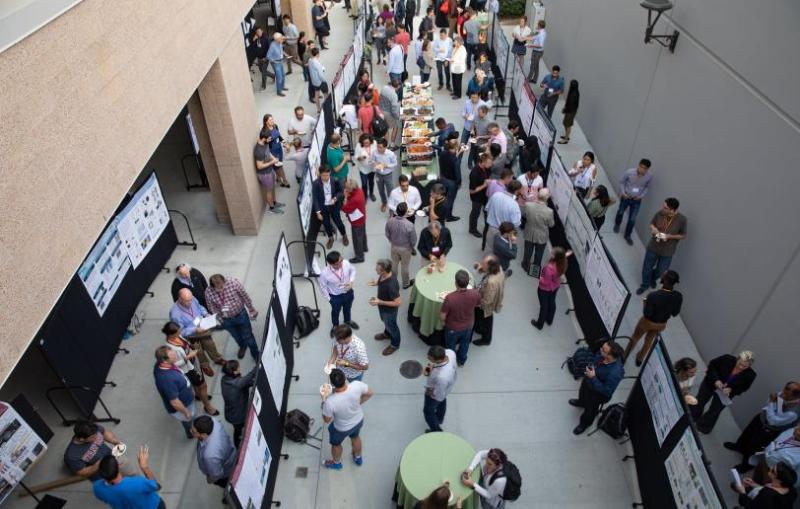News Feature
VIA Stanford News
Todd Martinez and William Weis elected to National Academy of Sciences


One of the most urgent challenges of our time is discovering how to generate the energy and products we need sustainably, without compromising the well-being of future generations by depleting limited resources or accelerating climate change. SLAC pursues this goal on many levels.

